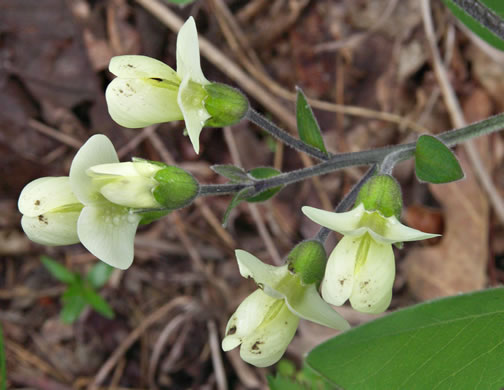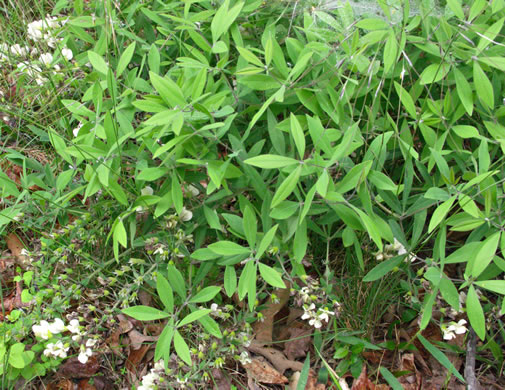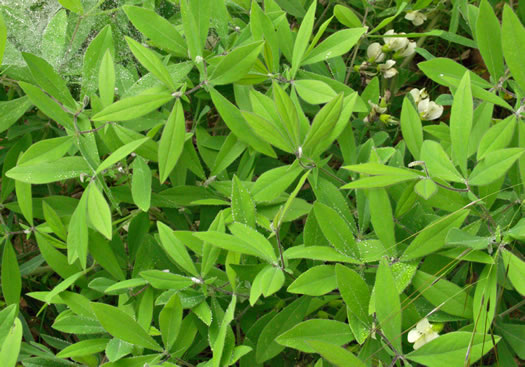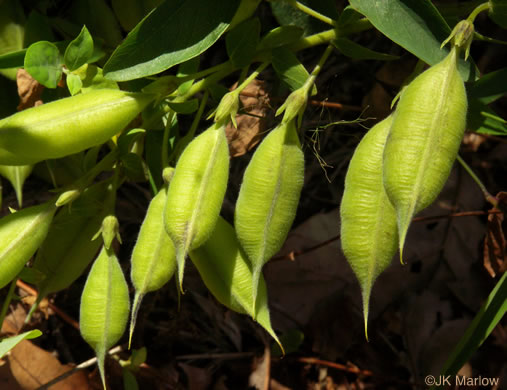Fabaceae
creamy wild indigo
Baptisia bracteata
Other Common Names
Longbract wild indigo
Plant Type
Herbaceous Wildflower
Life Cycle
Perennial
Typical Size
2 ft. tall
2.5 ft. wide
Tolerant of
Drought
Propagation
By seed
Plant Propagation Notes
Requires 10 day cold, moist stratification and scarification
Plant Planting Notes
24-36″ spacing. Has long trap room that can make it difficult to transplant. Direct sowing seeds in the fall or winter may be more successful.
Wildlife Benefits
Nectar/pollen source for pollinating insects
Leaves
Pinnately obovate. Alternate arrgangement.
Flowers
Creamy white pea-like flower
Fruit
Legume. Blackish showy seed pods.
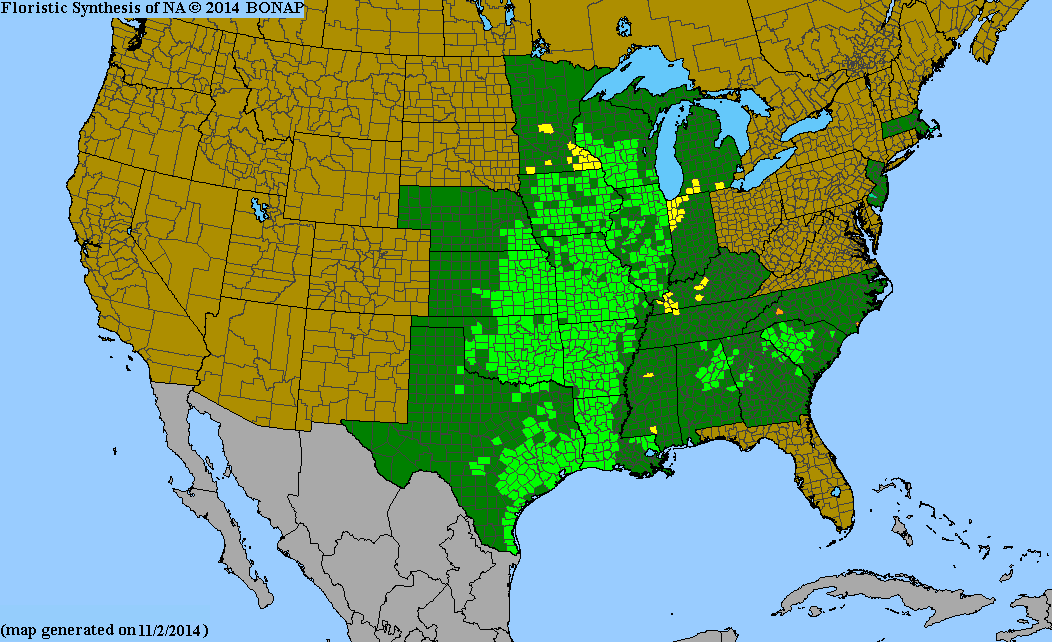
USDA Hardiness Zones
4, 5, 6, 7, 8, 9
Light Exposure
Full Sun, Part Sun/Shade
Soil Moisture
Dry, Medium
Soil Drainage
Well-drained
Native in South Carolina?
Yes
Plant Native Habitat
Open woodlands and prairies
Global Conservation Status (NatureServe)
Apparently Secure (G4)
Federal Conservation Status (USFWS)
Not Listed
Distribution Notes
Rare in the South Carolina coastal plain, uncommon in the piedmont and mountains.


